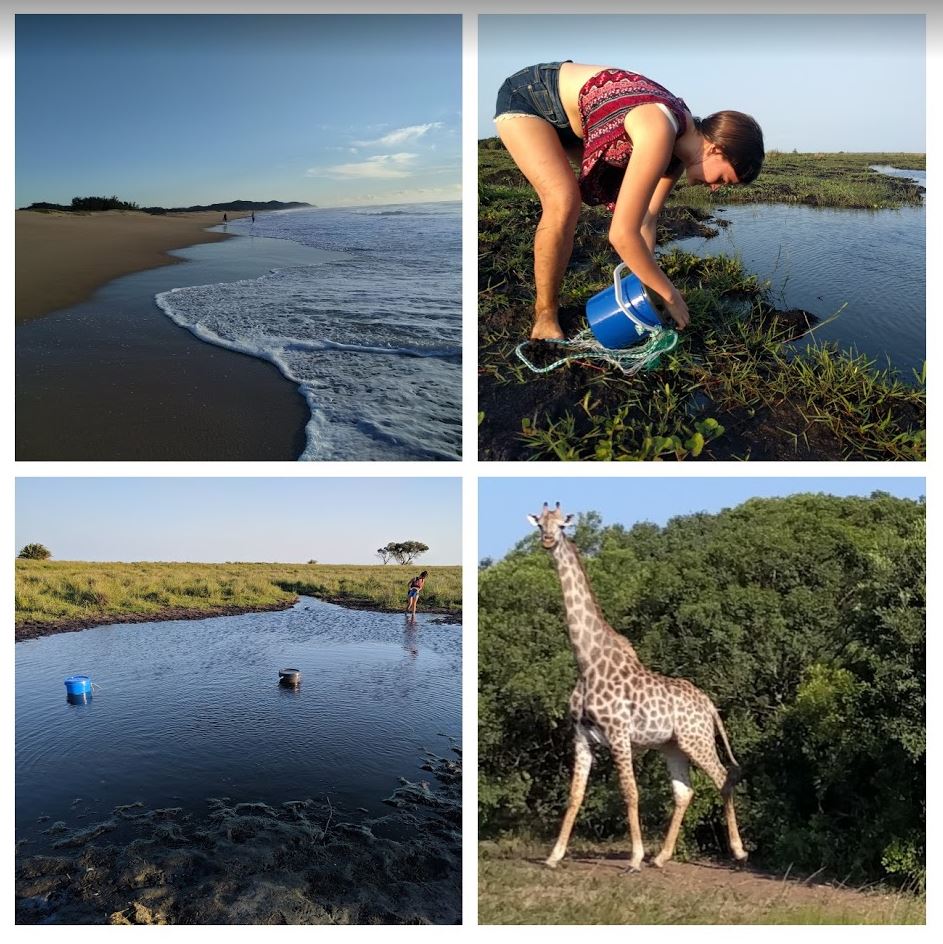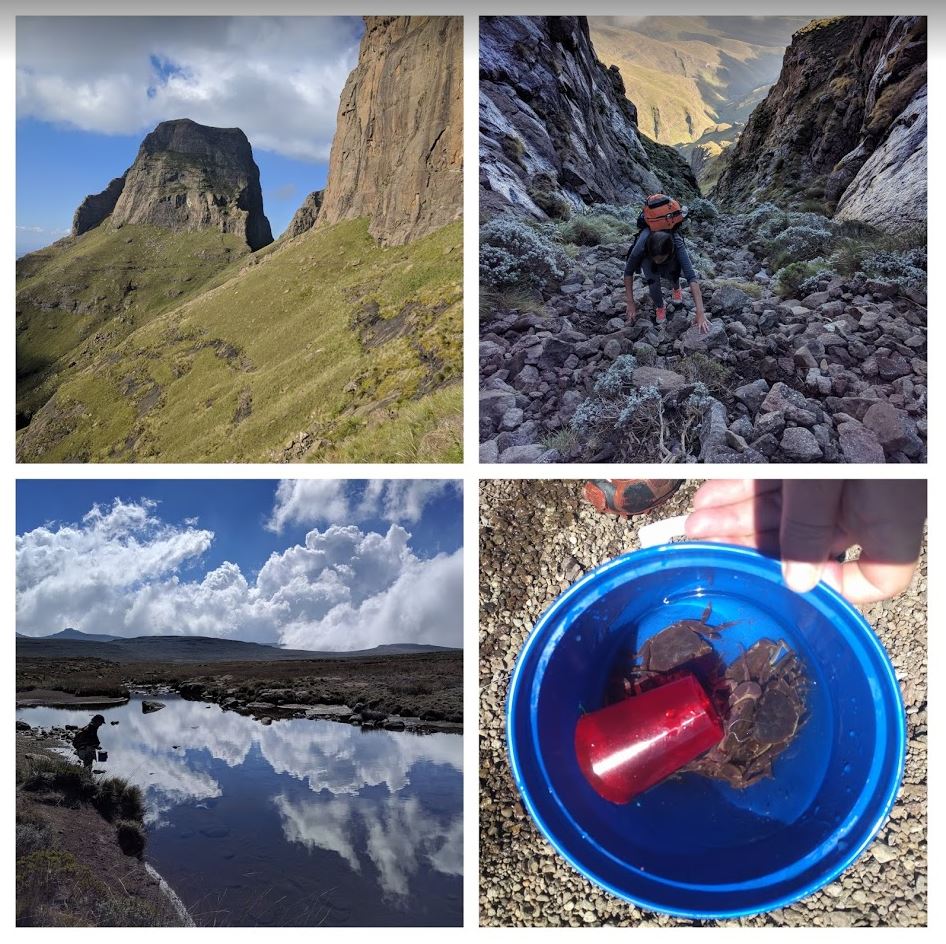Is clipping toes for DNA samples unnatural?
Procedures involving field sampling of many vertebrates require ethical clearance for ecologists wishing to collect genetic samples for DNA analysis and involve an increasing number of different sampling techniques. A growing number of choices of sampling techniques require researchers to re-examine procedures which have traditionally been accepted without question.
The practice of amphibian toe clipping is controversial. The impact of toe clipping on anurans is likely to differ with their life-history and studies on performance may provide better indications on the effect of clipping different toes. Buccal swabbing provides logistical difficulties and requires more resources for extraction of DNA.
Sampling of tadpoles is likely to introduce bias in the example given for population genetics of anurans, although there may be good reasons for using this technique to acquire genetic material in other circumstances.
The majority of researchers need to provide sufficient information to convince an institutional ethics committee of their need to conduct ecological sampling. With respect to amphibians, we require more studies on populations using DNA to inform conservation decision making. Toe clipping of adults will represent the best current method for obtaining tissue samples for the majority of studies, as well as providing extra tissue which should be placed into tissue banking facilities for future studies.
One argument against toe-clipping is that it is unnatural. Recently, I found a pond full of frogs and crabs that made me think again about this.
Show me a population of frogs which have had their mouths naturally buccal swabbed.

